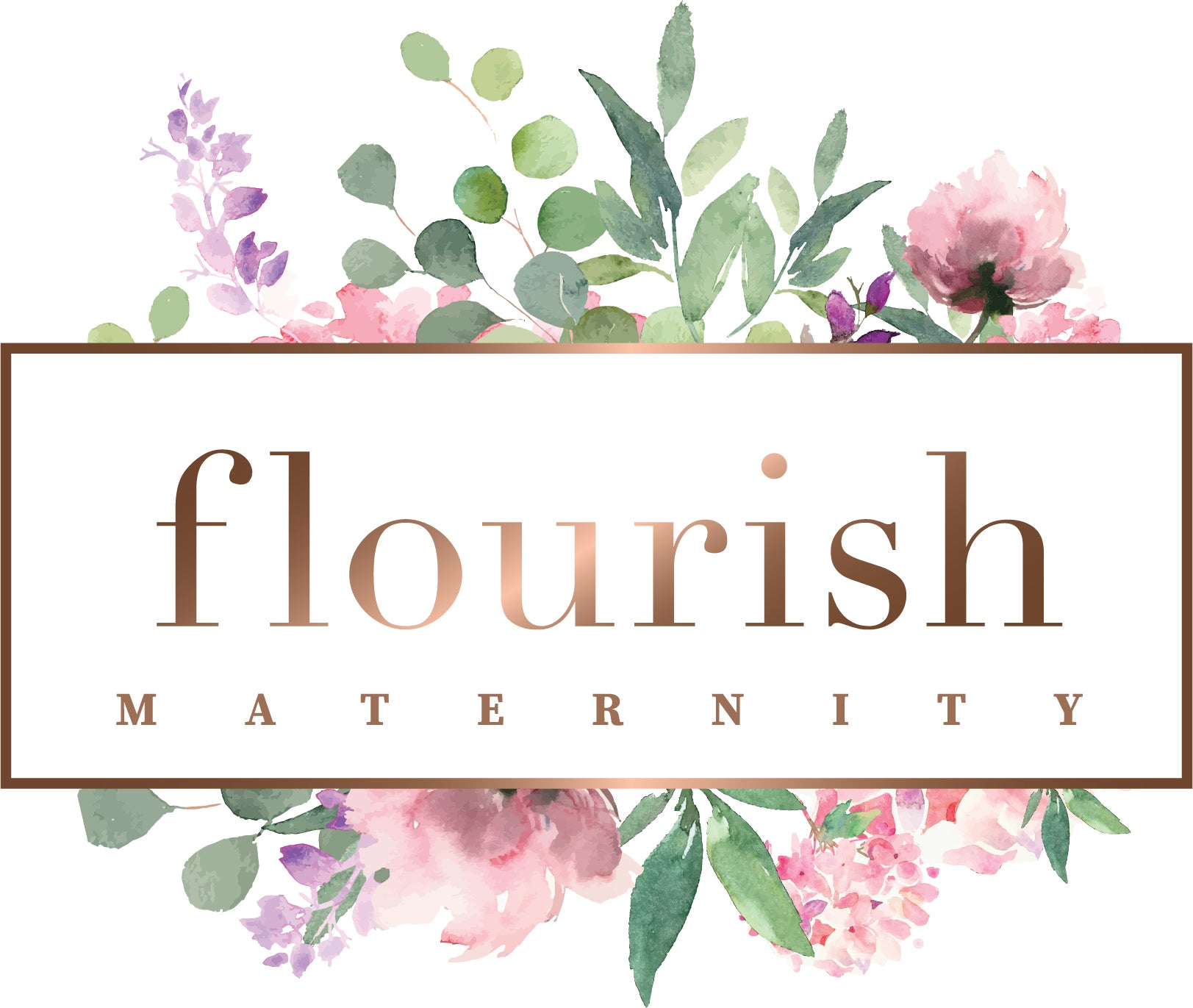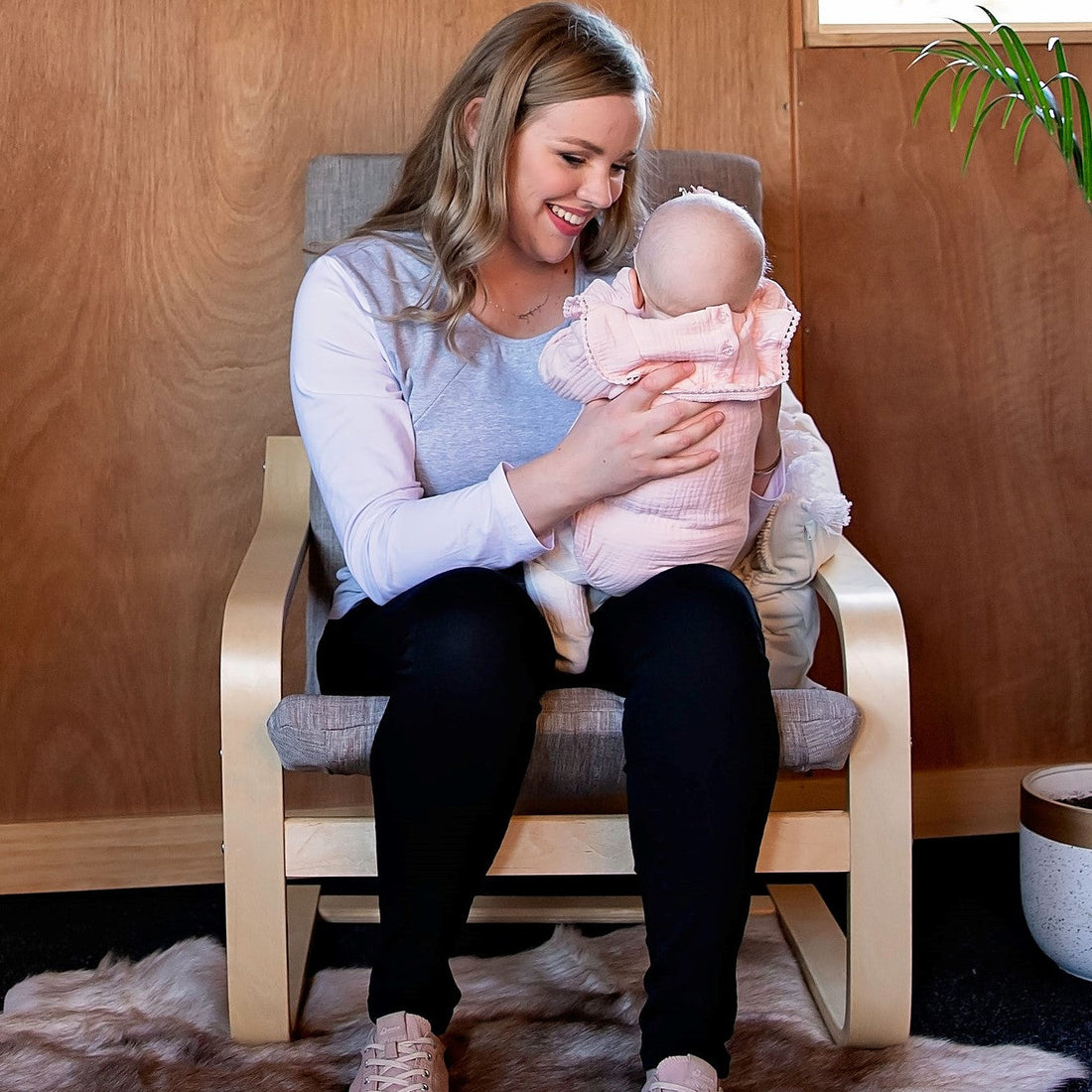You've no doubt been dreaming about your baby for months! Caring for your baby is one of the most rewarding and challenging things you’ll ever do. It can feel overwhelming bringing a newborn home but the more prepared you are, the easier the adjustment will be for you and your baby. These tips for newborn care from head to toe can help even the most nervous first-time parents feel confident about caring for a newborn. Let's get started!
If You Choose to Breastfeed, start as soon as possible
Choosing to breastfeed or bottle-feed is a personal decision. It’s one of the first important decisions you’ll make as a new parent. If you do choose to breastfeed, and your baby doesn't latch on at first, you can express the colostrum directly into your baby’s mouth (or a syringe) – this is packed full of immune-boosting nutrients. Don’t worry you will have a team of people to support you, your midwife or the hospital nurses will help you establish breastfeeding. Lactation Consultants are also an amazing help if you need.
Related: Tips to boost your milk supply when breastfeeding
Visitors
Those first few hours after the baby is born, is such a special time to bond. Talk to your partner before the birth about visitors, and your expectations. You want to be on the same page whether you want to soak up all those cuddles and bond as a family first before family and friends arrive. There isn’t a right or wrong way here, it’s just important to have the conversation.
Dressing Your Baby
A cute outfit is adorable but remember that babies are not yet able to regulate their body temperature so dress your newborn carefully. Generally, your baby should wear one more layer than you, indoors or out. Layers are generally a good way to go. In winter it’s good to invest in Merino clothing or sleeping bags if you can. Merino is a natural insulator. It holds your baby's body heat, allows their skin to breathe and helps prevent them from sweating. Babies are prone to over-heating in synthetics.
Related: 10 Must Have Items for Your New Baby
Car Seat
Install your capsule or car seat well before the birth so you are familiar with how it works, rather than a last minute rush. Ask your partner to bring the capsule to your hospital room when it's time to head home (if you have had a hospital birth). It is easier to adjust the belts and make sure baby is nice and safe in the comfort of a warm hospital rather than doing this in the car park or back seat of the car.
Skin
Newborns do not get dirty as such so you do not need to bath daily, every second day is fine. Bath time can be great when establishing a night time routine, at this point you can change to daily baths. Their skin is not fully matured at birth so it’s important to treat their skin gently. Use a gentle, fragrance-free soap (or no soap at all) in warm water. Most skin dryness will clear up on its own, but if you use a moisturiser, choose a simple one that has no added perfumes or ingredients. Cotton clothing is recommended for baby’s sensitive skin. Some babies will develop spots around three to six weeks old that look like acne on their face, head and above the nipple line. These spots are caused by changing hormones after birth and are completely normal. The spots can look worse when your baby is hot or after they’ve been crying. No treatment or creams are needed, because they usually heal naturally after a few weeks.
Eyes
Your baby's tear ducts can sometimes become blocked, this is called sticky eye. Newborns' tear ducts are naturally tiny and can block easily. When this happens, the normal eye fluids can’t properly drain away and fluid collects, making the eyes look watery and sticky. One or both eyes can be affected. Your baby will usually grow out of sticky eye around three four months when their tear ducts are bigger. Here are some tips to help clean their eyes:
- wash and dry your hands carefully before touching your baby’s face
- use a separate cotton wool ball or tissue each time you wipe the eye, and use a separate one for each eye
- moisten the cotton wool or tissue with cool, boiled water
- gently wipe the eye from the inside corner to the outside, discard the ball or tissue and repeat with a clean one if the eye still looks sticky
Scalp
Many newborns develop a scaly scalp condition called cradle cap. Cradle cap doesn’t hurt your baby and usually your child will outgrow it in a few weeks or months. You can help remove the cradle cap by following these steps:
- Gently massage a simple oil or moisturiser onto the cradle cap and leave it for a while.
- Wash your baby’s head with mild baby shampoo and rinse well with warm water.
- Gently rub the area with the cradle cap lightly with a towel or your fingers, to remove the old skin cells.
Gently brushing your child’s hair with a soft baby hairbrush is also a good way to remove cradle cap and keep it away
Nose
If your baby has blocked nasal passages it can be very frustrating for them, especially when they are trying to feed. To loosen mucus, you can insert saline solution (as per instructions or doctors advice) and use a humidifier/vaporiser in your baby’s room while they sleeping. If you do not have a humidifier, run a hot shower and sit in the steamy bathroom for a few minutes. Do not use any essential oils in vaporisers without expert advice. They can be very dangerous for newborns.
Nails
A newborn's nails usually are soft, but they can scratch their sensitive skin. Use baby nail clippers or blunt-nosed scissors to trim their nails regularly. Clip after your baby’s bath while the nails are soft, or when baby is sleeping while their fingers are relaxed.
Bottom
Due to moisture and sensitive skin, it is common for babies to develop nappy rash. Be sure to change your baby’s nappy frequently. Clean their bottom after each change with wipes or water and dab dry. Water Wipes are very gentle on their delicate skin. It’s good to be prepared with diaper cream on hand for the first sign of redness or a diaper rash. Sunlight (for a short amount of time) and nappy free time are also great for healing.
Umbilical Cord
After your baby’s birth, the umbilical cord is cut, and a plastic clamp or tie is put on the umbilicus that’s remaining (the stump). Usually the clamp is taken off after one to two days by your midwife or nurse, once the stump has dried and sealed. Keep the umbilical cord stump clean and dry; it will shrivel and fall off normally within 7-10 days. Avoid covering the cord area with a nappy if you can, just fold the top of the nappy down so it sits underneath.
Looking after a newborn is tiring but oh so rewarding. Their love, warmth and smiles make everything ok. Some days can feel like a whirlwind of emotions, feeding, changing nappies and taking care of the housework. Try to make time in your day to stop and focus on your precious wee baby. Before you know it, your baby will be rolling over, sitting up, talking, running around and then off to kindergarten!
Never be afraid to ask questions. Talk to your midwife or for free support or advice, call Plunket Line 24/7 on 0800 933 922

